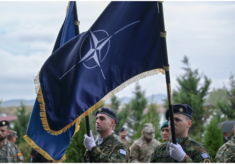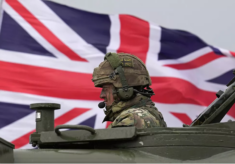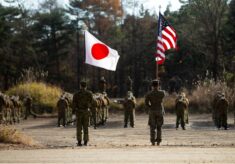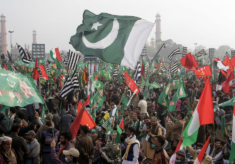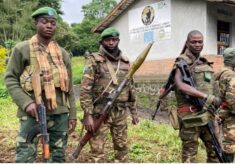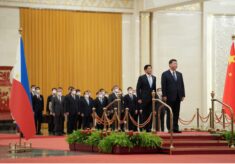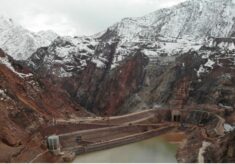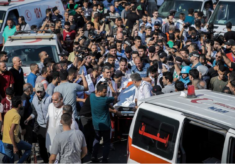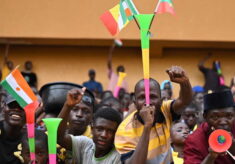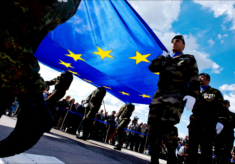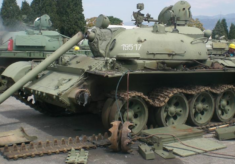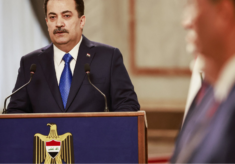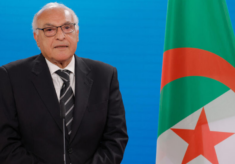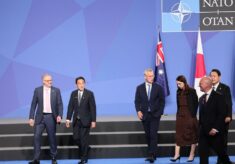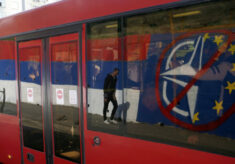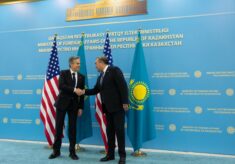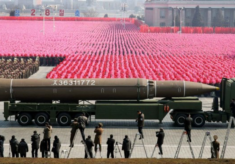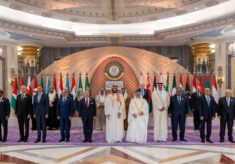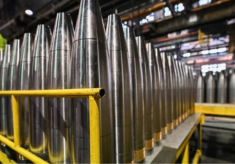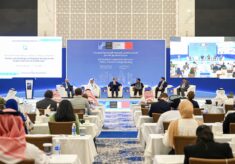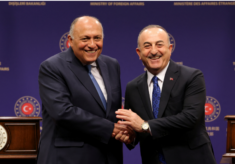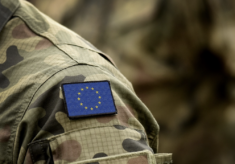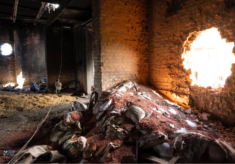On July 7 of last year 122 countries voted in favor of a “Treaty on the Prohibition of Nuclear Weapons”. This was welcomed as a historic event by a large part of the international community and the Treaty received a major boost when the International Campaign to Abolish Nuclear Weapons (ICAN),the NGO that distinguished itself for strongly supporting its adoption , was awarded the Nobel Peace Prize.Indeed the fact that a full fledged treaty prohibiting nuclear weapons was negotiated and concluded in only 25 days was an unprecedented success. Not everyone however was enchanted by this major event.Nuclear weapons countries,both those whose nuclear status was recognized by the Nuclear Non Proliferation Treaty(NPT) and those who acquired nuclear weapons without a legal recognition, did not hide their hostility or their embarassement vis a vis a treaty which made nuclear weapons illegal. Most of these countries boycotted the negotiating conference and some proactively tried to discourage others from participating in this process.The Ban Treaty was also a source of difficulties for countries whose ultimate security is assured by the deterrent of a nuclear weapons state:the so called “nuclear umbrella states”most of which also declined participating in the negotiation.
The Treaty’s negotiations proceeded smoothly mainly because participants were in the large majority likeminded countries whereas the main stakeholders self-excluded themselves in spite of the NPT obligation “to pursue negotiations in good faith on effective measures relating to cessation of the nuclear arms race at an early date and to nuclear disarmament…”.Voices were raised in Europe calling governments not to snub the negotiations,but a sense of Atlantic solidarity prevailed over the NPT obligation.Only the Netherlands decided to participate but ,alone, did not have the critical mass to make the difference.
No one believes that the new treaty will directly lead to an effective reduction of nuclear weapons. Even its promoters admit that it is not the final step on the path of nuclear disarmament: at a certain stage the participation of nuclear weapons states will become necessary. However,the result achieved is an eloquent expression of a long lasting frustration of non nuclear weapons states for the lack of progress in the field of multilateral nuclear disarmament and a warning that non proliferation alone cannot maintain international peace and security
A major concern for many countries is the impact the treaty will have on the NPT and on its current review process. In fact inconsistencies exist beween the two texts.In the preamble to the Ban Treaty tribute is paid to the continued role of the NPT, reaffirming its full and effective implementation and its “vital role..in promoting international peace and security”. In the final version of Art 18 it is also indicated that Treaty’s implementation “shall not prejudice obligations undertaken by States Parties with regard to existing international agreements”; those obligations however, must be “consistent with the Treaty”. It is a fact that one of the fundamental provisions of the NPT is not consistent with the Ban Treaty:namely the distinction between nuclear weapons states, entitled to possess such weapons, and non nuclear weapons states. This distinction is not contemplated at all by the new text.Consequently states bound by the Ban Treaty may in the future question the priveged status of the five nuclear weapons states.
The Ban Treaty also includes the prohibition of “any stationing, installation or deployment” of nuclear weapons, a concept which, until now, was not explicitly forbidden by the NPT. States presenly hosting US nuclear weapons on their territories are thus presently not in a position to join the treaty unless those weapons are removed.The Ban also includes seeking or receiveing “any assistance, in any way, from anyone to engage in any activity prohibited to a State Party under this Treaty”. This provision can be read as a prohibition of alliances with nuclear weapons states, a feature totally ignored by the NPT which was originally joined by all Nato and Warsaw Pact countries.The Netherlands’ representative to the Ban conference, signalled her delegation’s inability to sign any instrument incompatible with North Atlantic Treaty Organization norms, and indicated that the Ban placed itself above the NPT.
These discrepancies, which might have been mitigated had more countries supported the Dutch stand, don’t bode well for a future co-existence between the NPT and the Ban Treaty. They already came to the surface at the Npt preparatory committee last year and will inevitably be addressed again at the incoming meeting in Geneva in May. The Conference on Disarmament (CD) in Geneva remains in principle the most appropriate forum for further negotiations. The CD has been unable for the last 22 years to even agree on a program of work. There are presently signs of a possible resurrection of this “sleeping beauty”; this should be encouraged and nurtured.
The most imminent venue to discuss nuclear issues is the UN High Level Conference which will take place at ministerial level in May this year in New York. Western countries belonging to a group called “Broadly Like Minded” countries, seem to be oriented towards shunning this debate as they did last year during the Nuclear Ban negotiation in New York. They should not repeat the same mistake. Their voices should be heard even if their views are not shared by the majority of the attendants. Not showing up at the Conference is not a way to affirm the strength of their arguments.
Carlo Trezza – former Ambassador of Italy to Korea and Permanent Representative for Disarmament and non Proliferation in Geneva. Chairman of the Missile Technology Central Regime. Chairman of UN Secretary General Advisory Board on Disarmament Matters

